Although pasta is a remarkably simple dish, I find it to be one of the most aesthetically appealing foods. The noodles—especially thicker iterations, like linguine and fettuccine—are graceful and luxurious. Add in some sauce coating the noodles, and a sprinkle of Parmesan or a drizzle of olive oil, and pasta single-handedly reminds us of a basic tenet of cooking: sometimes keeping it simple is the perfect way to go.
That said, sometimes it's fun to play with the aesthetic of your pasta. As it turns out, you can do this very easily by coloring your pasta. And no, don't worry, this doesn't involve any lab-created food colorings; it's au naturel.

I love to make colored pasta just to add a little fun to my presentation, but it also works wonderfully for celebrations. Green and red, the colors I'm fond of—and the ones I'll show you how to make—make a great holiday feast, but I also like to colored pasta for special sporting events, by making a dish that matches the color of my team.
And while most people are a little hesitant to make homemade pasta, it's both easy and delicious.
Cook Your Colorings
To get a red pasta you need beets, and for a green pasta you need spinach; both of these ingredients need to be cooked, partly to draw out the maximum amount of color, but mostly to tenderize them (if you want to skip the cooking part, you can make orange pasta with tomato paste, or black pasta with squid ink).

Cook the beets and spinach separately in boiling water; the spinach only needs a minute or two, but the beets will need about 45 minutes (they're done when you can stick a fork in them easily).
Purée
When your veggies are cooked, throw them in a food processor or a blender and give them a good blitz. You don't need your purée to be perfectly processed, but the smoother the better.

Build Your Pasta Well
Making colored pasta requires the same basic operation as regular pasta, just with the purees. Serious Eats did a comprehensive test to find their ideal pasta recipe, and I think it's the perfect way.

Make a well out of 10 ounces of flour (all-purpose, durum, semolina, or any mix... I prefer all-purpose), and fill it with 1 whole egg, 5 yolks, a large pinch of salt, and 4 tablespoons of the puree. (You can easily cut the recipe in half by going with 6 ounces of flour, 1 egg, 2 yolks, and half of the purée.)
Make Your Dough
Use a fork to whisk the eggs and the puree in the well, and then slowly incorporate the flour. Next, trade in your fork for your hands and a dough scraper, bring together the mixture, and then begin kneading. The nice thing about pasta dough is that it will let you know how much flour it needs; don't force all the flour in if it's not taking it, and add more if the dough is at all sticky.

Knead the dough until it is one solid, elastic ball, then wrap in plastic wrap and let it rest for at least 30 minutes, either at room temperature or in the fridge.
Create Your Pasta
Now for the fun and final step: turning your dough into pasta. Just follow the instructions on your pasta machine (if you have one), or roll your dough into a thin layer with a rolling pin, and cut it into strips of pasta (you can even do this with a paper shredder!). Boil the fresh pasta in salted water for about two minutes (fresh pasta cooks very quickly), and you'll have delicious and colorful pasta ready to enjoy.

For better or for worse (I think for better), colored pasta doesn't really taste different. I couldn't tell any flavor difference between my uncolored homemade pasta and the red and green iterations, so this is strictly a coloring hack.
Pasta Is So Nice, Why Don't You Eat It Twice?
- Make One-Pot Pasta That Doesn't Suck
- Make Spaghetti Squash "Noodles" More Like Actual Pasta
- Why "Whipping" Cooked Pasta in Sauce Creates a Perfect Dish
- One-Minute Pasta, Plus More Revolutionary Pasta Cooking Hacks
- You Only Need 3 Ingredients for This Amazing Pasta Sauce
Photos by Brady Klopfer/Food Hacks















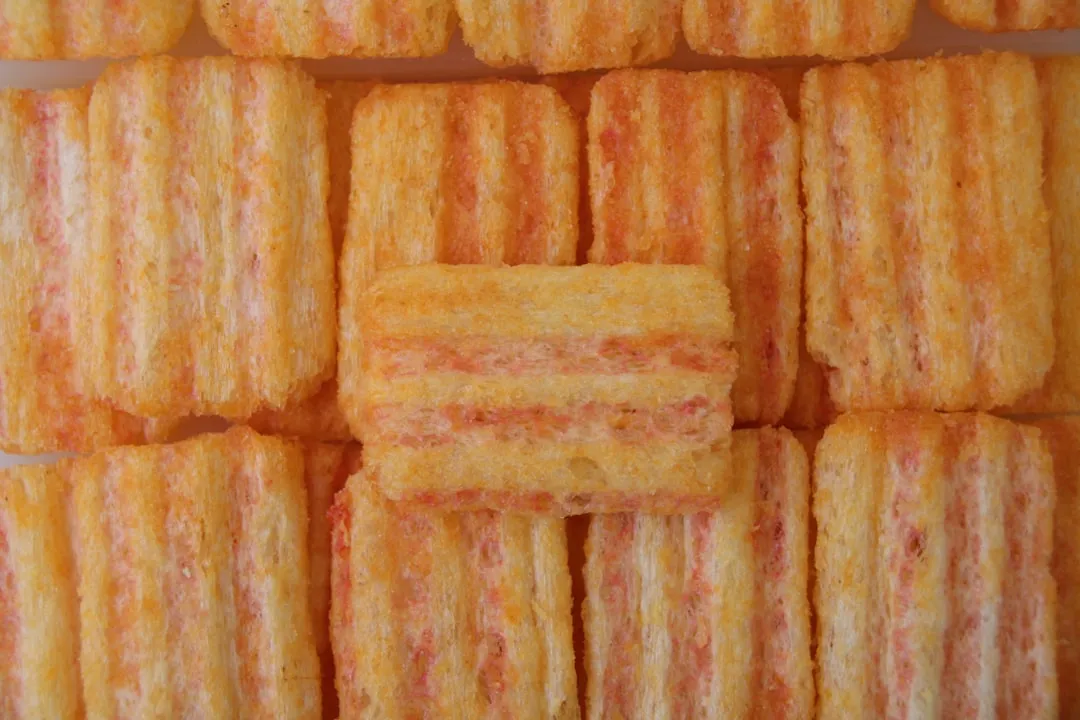
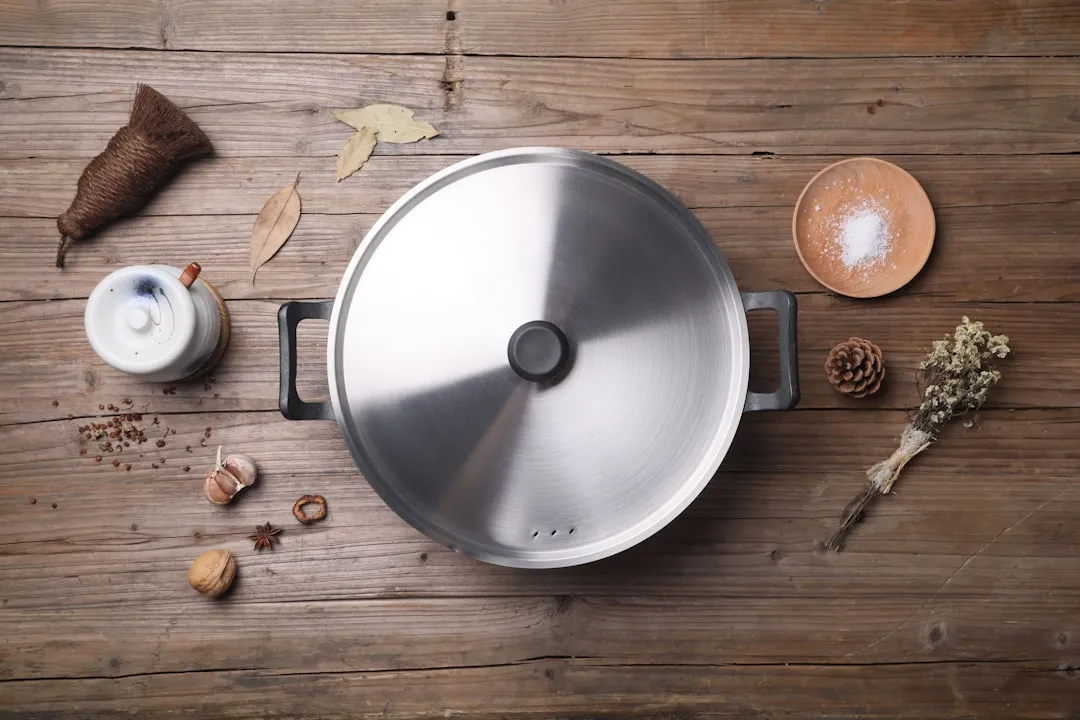
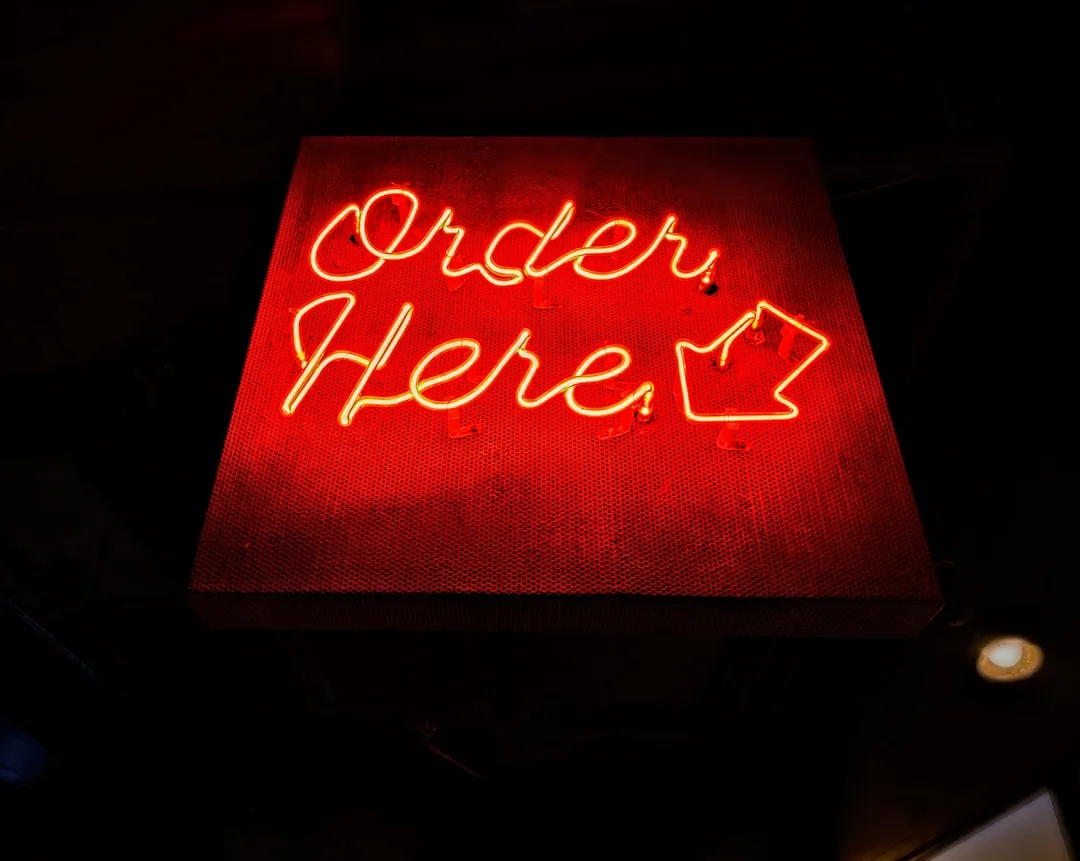
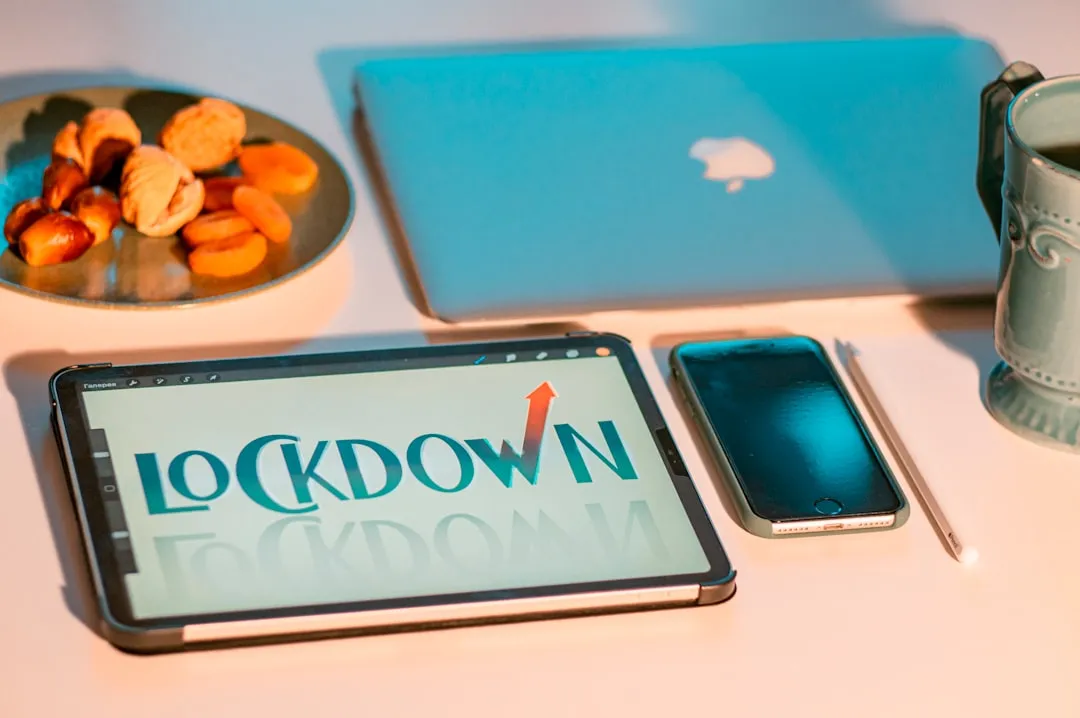


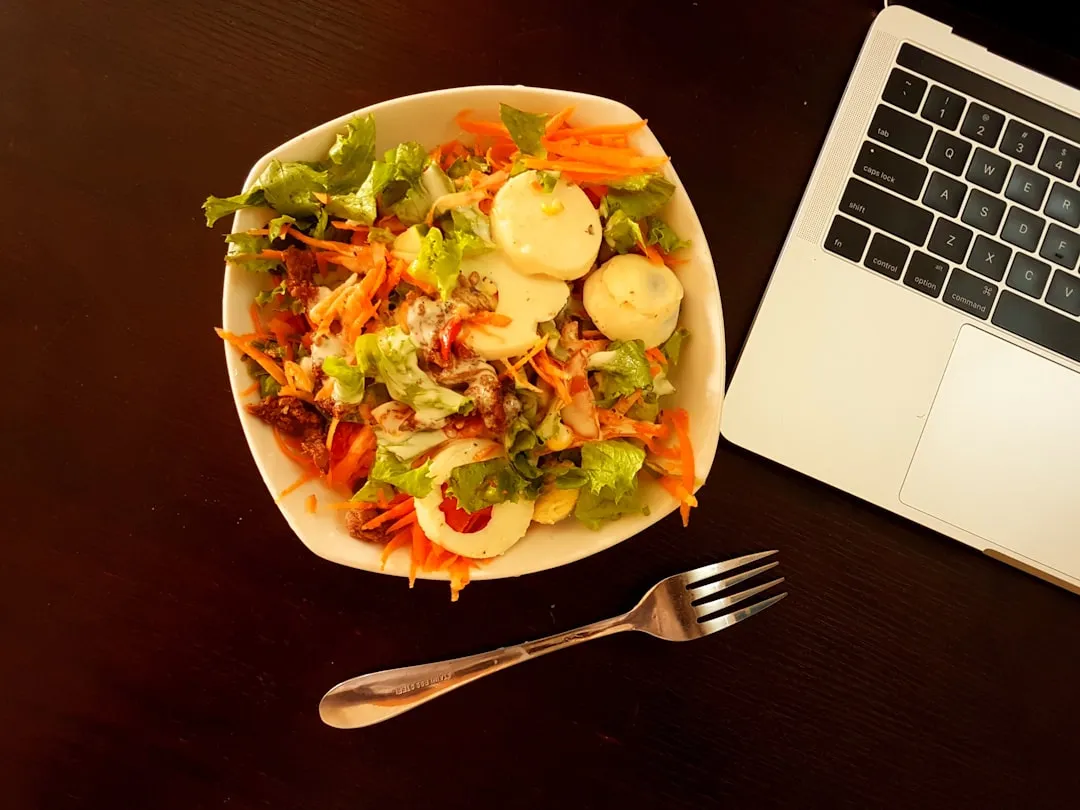
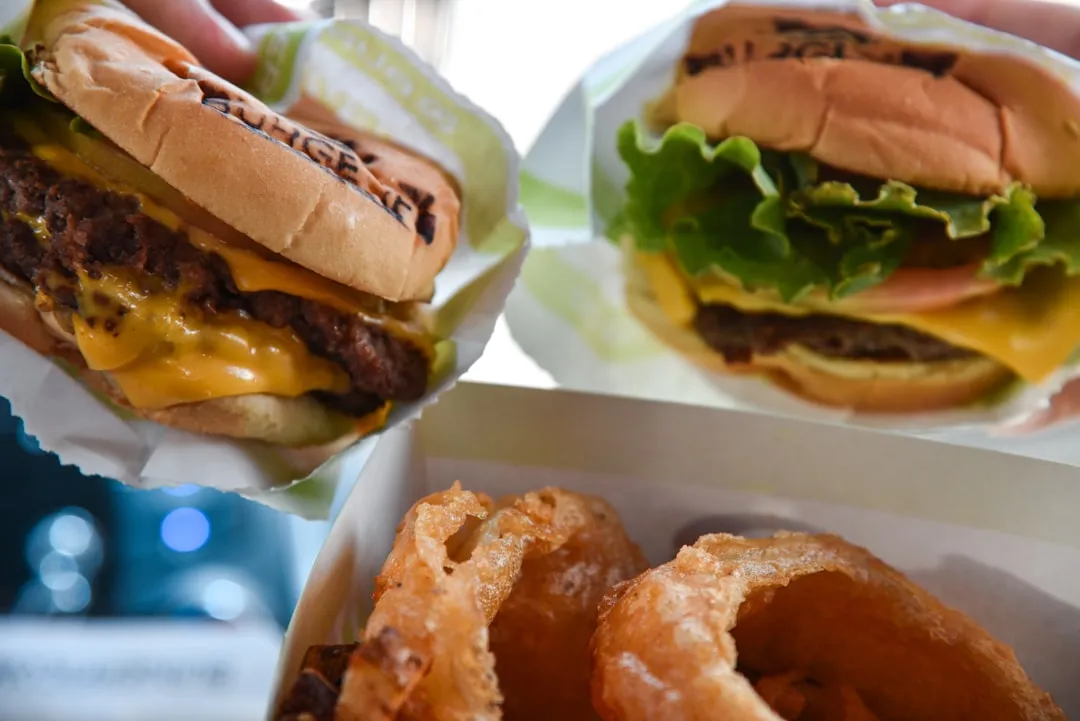


Comments
Be the first, drop a comment!